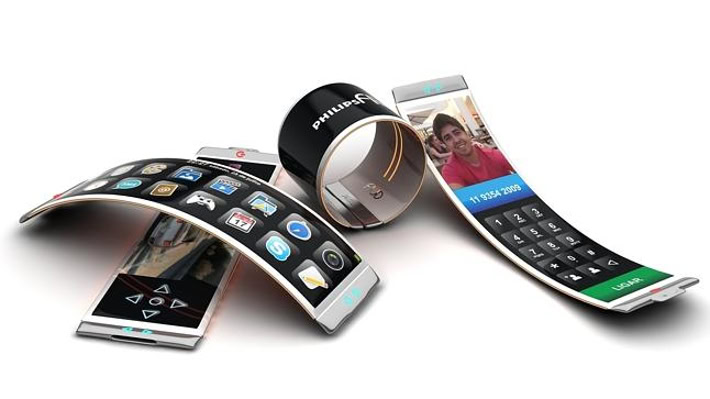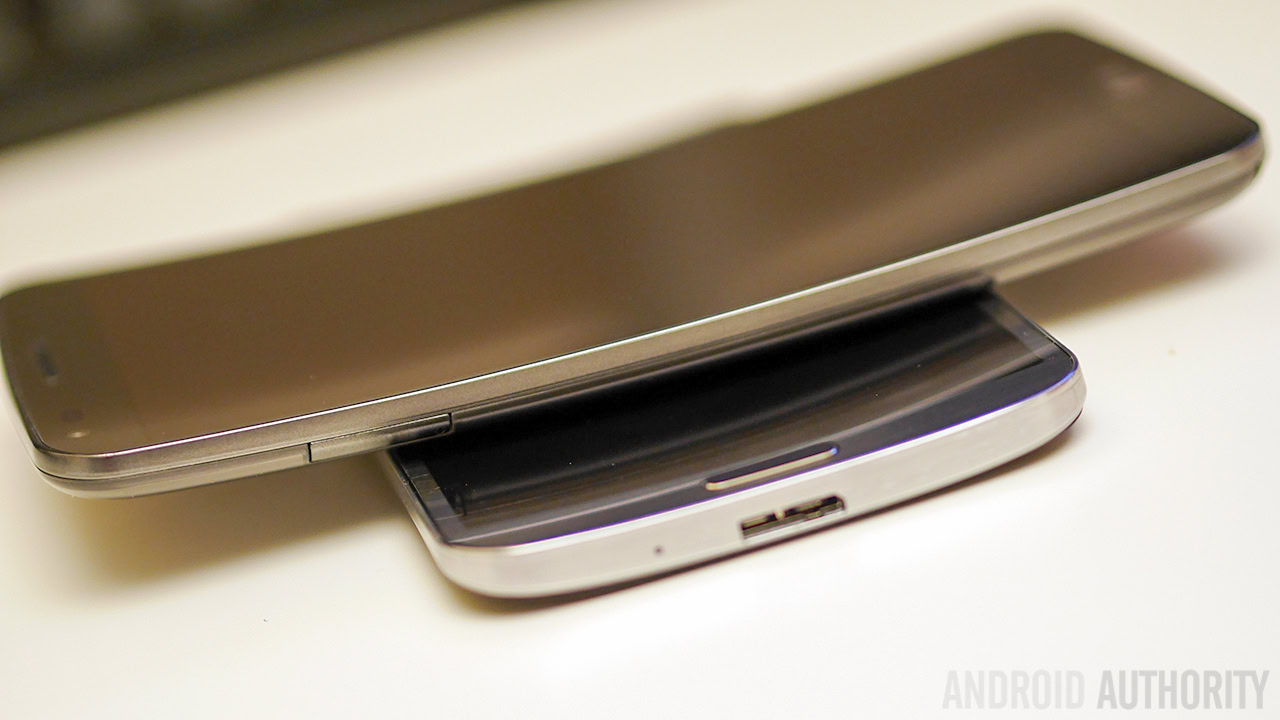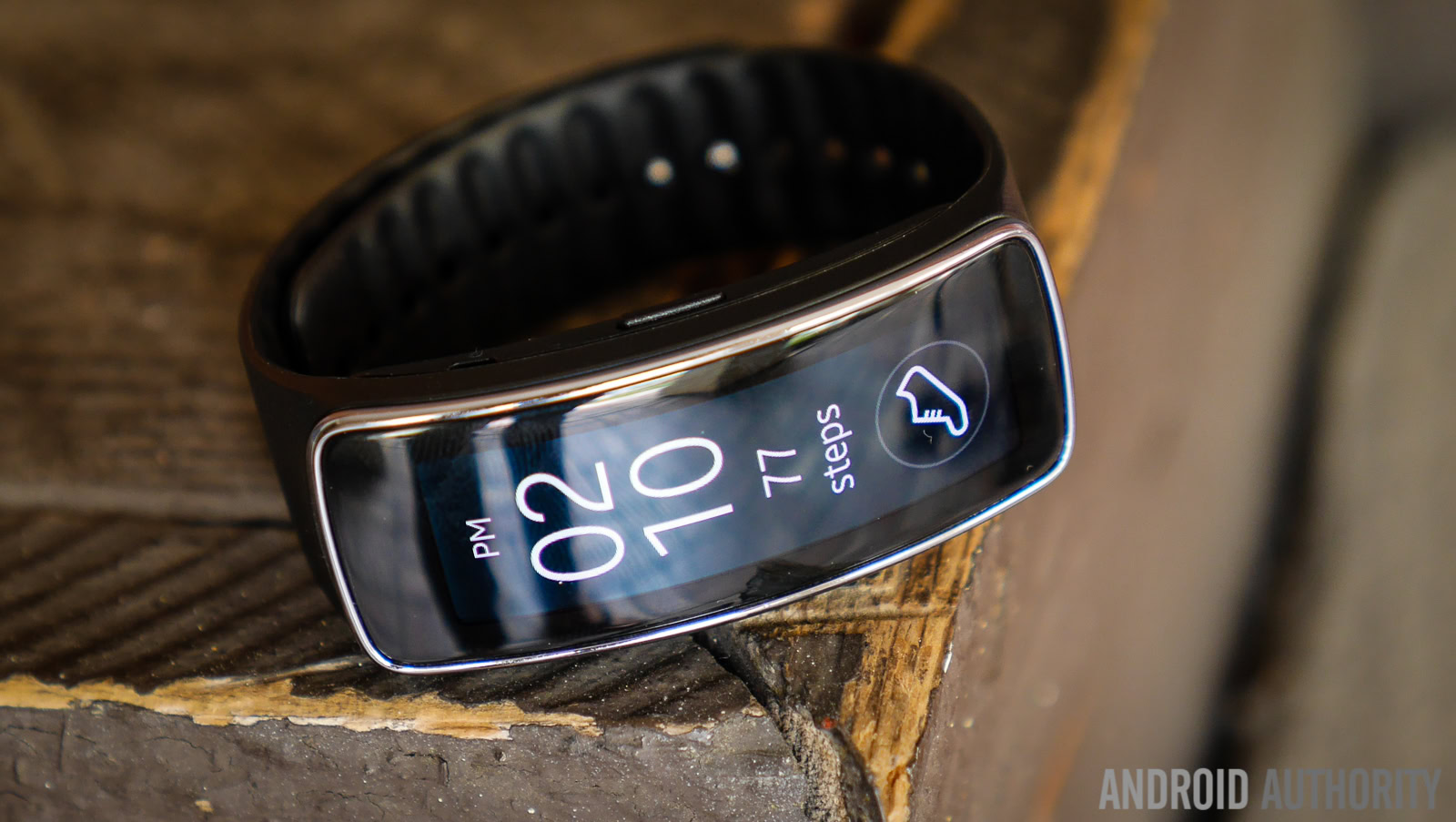Affiliate links on Android Authority may earn us a commission. Learn more.
As LG lands big Apple order, flexible OLED shapes up to be the future of wearables
Published onApril 25, 2014

Image Credit: beginnerstech
Wearable technology is opening up brand new opportunities for component developers, particularly when it comes to display manufacturing. OLED and AMOLED technologies make a lot of sense for wearables due to their energy efficiency, the Moto 360 is rumored to be using an OLED display for this very reason. The Gear Fit is the first device to take wearables one step further, with a curved AMOLED display for a more comfortable fit.
With this in mind, there are only two smartphone players with industry leading components in this area, Samsung and LG, both of which base their technologies on OLED.
Apple seems impressed by LG’s efforts in this field, as, according to rumors circulating from Korean news sources, the company has already placed an order with LG for some 12 million flexible OLED display units.

Being one of the few companies still left to officially announce a wearable product, all bets seem to be that LG will be sole provider of display components for the much rumored “iWatch”. If you are interested in the specifics, rumored details include two watch models in the 1.3 – 1.5 inch range, with production rumored to begin in July for an estimated release in September. If true, this is certain to be a lucrative deal for LG.
It’s interesting that Apple has chosen LG over Samsung, which has previously provided components for Apple smartphones. We’ll have to wait and see if this is a result of the ongoing disputes between the two companies, or if LG actually has the better technology.
At the present, Samsung is leading the field with its curved AMOLED display found in the Gear Fit. Although the product isn’t actually bendable, the 1.85 inch 432 x 128 display demonstrates that Samsung is capable of scaling its flexible display technology across a range of sizes, something which LG hasn’t proven capable of as of yet. The two companies have seen increased orders for flexible display components recently, partly due to the launch of their own Galaxy Round and G Flex smartphones, with wearables expected to have an even larger impact on component shipments in the future.
Although Samsung might have a head start over its rival, LG is looking to improve and shrink down its flexible displays this year, which sounds ideal for the wearables market. Back in March the company also released details about a new process it developed for plastic substrate flexible OLED materials. This new design involves using specific R-G-B OLEDs, rather than White-OLEDs with color filters like LG’s displays do now. This new design should extend the life of the LED components. Clearly, this is a field that will be moving quickly over the next couple of years to meet growing consumer appetite for wearable products.

With most of the big names in the smartphone industry already releasing, or at the very least announcing plans for, their own smart wearables devices, there’s increasing competition amongst component developers to stay at the front of the pack.
Although Samsung is currently estimated to hold over 90% over the small OLED display market, the company’s efforts, at this time, seem to be focused more on product designs and less about refining its components, which could leave the door open for LG and other flexible OLED developers.